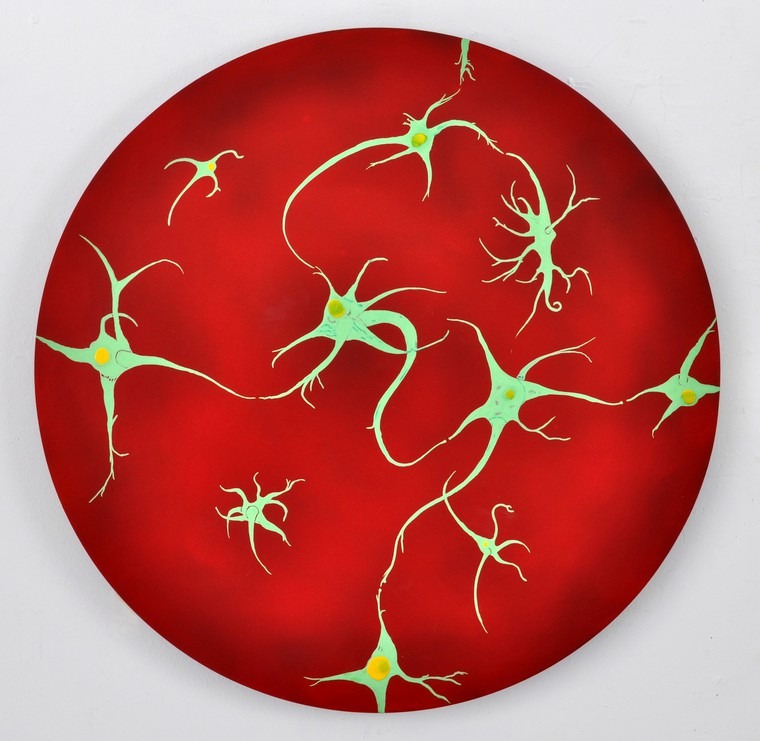Research
We investigate the neural mechanisms and pathways that orchestrate breathing — and their deviations in breathing disorders.
We investigate the neural mechanisms and pathways that orchestrate breathing — and their deviations in breathing disorders.

Breathing is a critical homeostatic process, delivering oxygen to every cell in the body. The rate and pattern of breathing are precisely regulated by a complex interplay of physiological and emotional inputs, orchestrated by the intricate breathing control circuitry within the brain.
Various disorders are linked to the disruption of this neural control of breathing. Yet, the molecular and cellular mechanisms underlying breathing, and how it goes awry in diseases remain largely unknown. Through molecular and genetic dissection of the breathing control circuitry, our laboratory endeavors to unravel the function of neural populations and circuits that control breathing rhythms and behaviors, along with the underlying pathophysiology of disorders marked by breathing abnormalities.
Our ultimate aim is to attain a comprehensive molecular understanding of the neural orchestration of breathing and its deviations in breathing disorders, paving the way for innovative interventions to address breathing irregularities.
A sigh is a critical breathing function that spontaneously occurs every several minutes to reopen collapsed alveoli and maintain normal pulmonary function. Sighing is not only associated with various emotional states, but also strongly triggered by physiological inputs, including hypoxia. Employing cutting-edge genetic and neurogenetic tools, we have undertaken a series of projects to illuminate the neural circuitry for sighing and its physiological and emotional controls. Initially, we identified the peptidergic circuit for sighing in the medulla, which was the first molecularly identified core circuit underlying a breathing pattern variant (Li et al, 2016). Subsequently, we unveiled a two-step peptide neural circuit from lateral hypothalamic area to the medulla that controls sighing in claustrophobia-like behavioral state (Li et al., 2020). More recently, we discovered a neural circuit from the carotid body to medulla that specifically mediates sighing in hypoxia (Yao et al., 2023). Collectively, these investigations spotlight a neural circuitry where distinct afferent inputs, mediating different emotional and physiological conditions, converge upon a shared core circuit to regulate a breathing pattern.
Interoception encompasses the perception of internal bodily states and plays a crucial role in regulating a variety of fundamental physiological and emotional processes. Among these, breathing stands as a pivotal bodily function that not only is closely modulated by interoceptive signals but also influences interoception. These signals enable swift adjustments in breathing based on physiological sensations and behavioral states. Our objective is to uncover the neural pathways linking the body to the brain, which facilitate varied interoceptive controls over breathing and simultaneously mediate the interplay between breathing and behavioral states (e.g., Yao et al., 2023; Chen et al., 2023).
Disruption of the neural control of breathing is associated with various disorders, including sleep apnea, congenital central hypoventilation syndrome (CCHS), sudden infant death dyndrome (SIDS) and epilepsy. Our objective is to uncover the pathological mechanisms driving breathing irregularities in these specific conditions and how they contribute to the progression of these disorders. For example, in collaboration with Yu Wang’s Lab in the Department of Neurology, we have established an innovative epilepsy mouse model that manifests respiratory abnormalities and sudden unexpected death in epilepsy (SUDEP). Our current efforts are directed toward elucidating the molecular and neural underpinnings of these breathing abnormalities and their association with SUDEP.